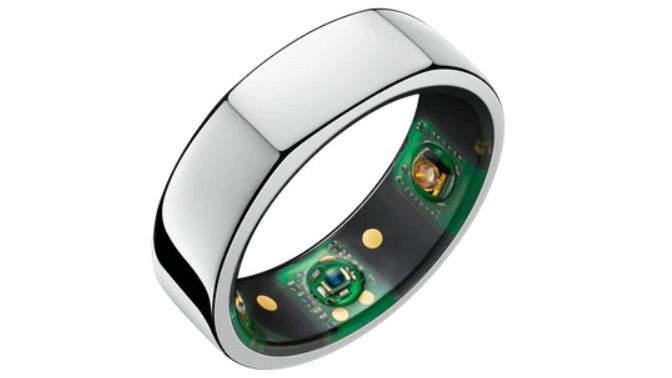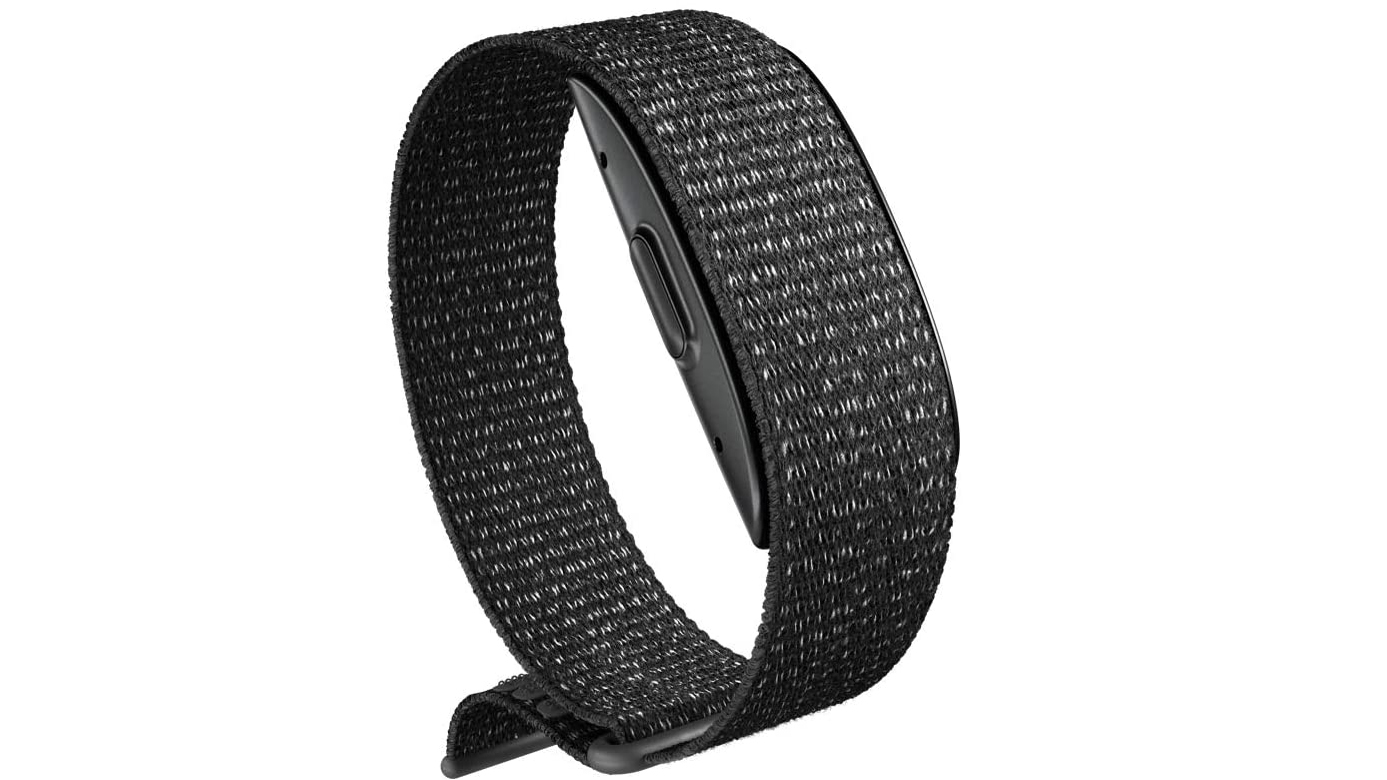What's the easiest fitness tracker to use?

When it comes to fitness trackers, you might feel overwhelmed by the sheer choice available. Some are worn around your wrist, some can hang from your neck, some are a completely independent entity, while others require a smartphone app.
Then there are budgets to consider. Pricier fitness trackers offer all kinds of sensors that might be overkill for a casual user, while more affordable models tend to be simpler and easier to use.
The good news is that there really is something for everyone. So, if you’re looking for something to track your steps, detect a fall, or simply to receive your phone notifications when you’re in the garden, there’s a fitness tracker for you. Here are our picks for the easiest fitness tracker to use.
Fitbit Inspire 2

Let’s kick things off with a brand that’s become something of a household name thanks to its solid wearable lineup that offers a variety of options.
The Fitbit Inspire 2 is an easy-to-use wrist-based fitness tracker that can monitor your steps, heart rate, and stress levels throughout the day. It needs to be connected to your smartphone via Bluetooth, but doing so will allow you to track plenty of metrics in the Fitbit app, and enable GPS tracking.
You can also remove the straps and enable Pocket mode if you’d rather connect the device to a belt, or another item of clothing.
Bellabeat Leaf

This unassuming little fitness tracker may not offer the breadth of information you’ll find on Fitbit, but it certainly stands apart from the crowd.
Sign up for breaking news, reviews, opinion, top tech deals, and more.
Whether worn as a clipped-on brooch, a necklace, or around your wrist, the Bellabeat Leaf will track your steps, sleep, meditation sessions, and stress levels, while the app supports menstrual cycle and fertility tracking.
It also has a really unique design that feels much less like a gadget and more like a fashion accessory.
Oura (Generation 3)

The Oura (Generation 3) is a little on the expensive side, but it’s a really great and simple-to-operate fitness tracker that’s built into a small ring. That means it’s easy to forget you’re wearing it, making it fit seamlessly into your day.
The joy of the Oura is that it has no buttons or screen at all; just connect it to the mobile app on your phone, slip it into your finger, and it will track your heart rate, step count, workouts, and more automatically.
There are also special features like guided meditations available for Oura subscribers, with new features being added all the time.
Garmin Vivoactive 4

Garmin is best known for its feature-packed running watches, but the Vivoactive 4 is much less complicated than high-end wearables like the Garmin Fenix 7.
Like a Fitbit, it can track your step count throughout the day and record your calorie burn during workouts, but it can do a lot more besides. For example, unlike many fitness trackers, it has its own GPS receiver, which allows it to track your route and speed on walks, runs and bike rides even if you choose to leave your phone at home. Once you get home, all that data will sync with the Google Connect app on your phone automatically.
The app is surprisingly easy to use, and presents all your daily workout and health data clearly, complete with explanations to help you understand what it all means. Once you get stuck in, you'll be surprised how straightforward it all is.
Amazon Halo Band

The Amazon Halo Band has some really interesting features alongside the usual activity tracker, including a way to analyze your tone of voice.
It does lack a display, which means you’re heavily reliant on a phone. However, if that’s not a problem, your step and exercise data will be tracked clearly and simply in the accompanying app.
You can take the Amazon Halo Band swimming too, and if you’re not keen on the fabric design, there’s a series of colored sports bands that offer a more breathable option.
What makes a fitness tracker easy to use?

Display
Ease of use is a subjective term, but the options included on our list will display clear metrics on their own built-in screen, or on your smartphone. If a fitness tracker has a screen, it should be large enough for text to be clearly legible, and any mobile apps should be free to download.
Visuals and design
Fitness trackers are very personal devices, and they should be able to reflect your personality. Where possible, we’ve highlighted options that have customizable interfaces or can be worn in multiple locations on your person without any changes to their function. Most can be worn on your wrist, while others can be attached to a belt or shoe.
Features
All of the selected fitness trackers vary in terms of the data they collect, but each is accurate in its metrics. Whether tracking heart rate, stress levels, or menstrual cycles, each has a reputation for accuracy.

Lloyd Coombes is a freelance tech and fitness writer for TechRadar. He's an expert in all things Apple as well as Computer and Gaming tech, with previous works published on TopTenReviews, Space.com, and Live Science. You'll find him regularly testing the latest MacBook or iPhone, but he spends most of his time writing about video games at Dexerto.